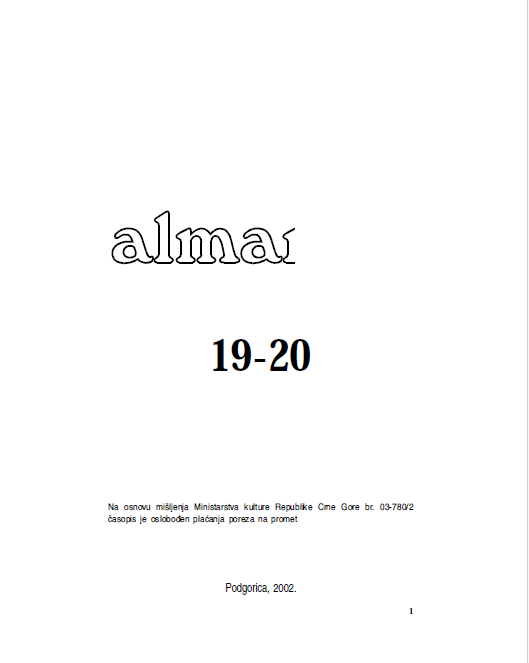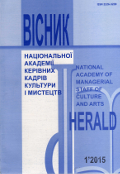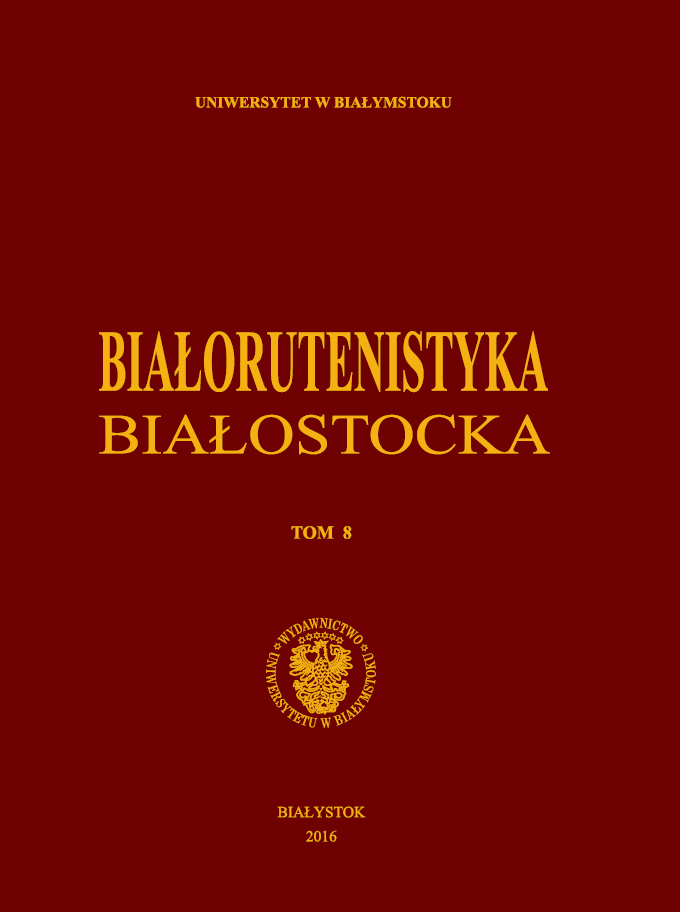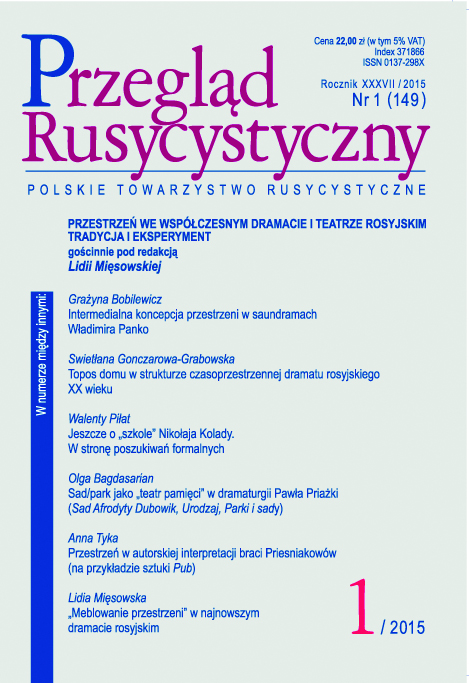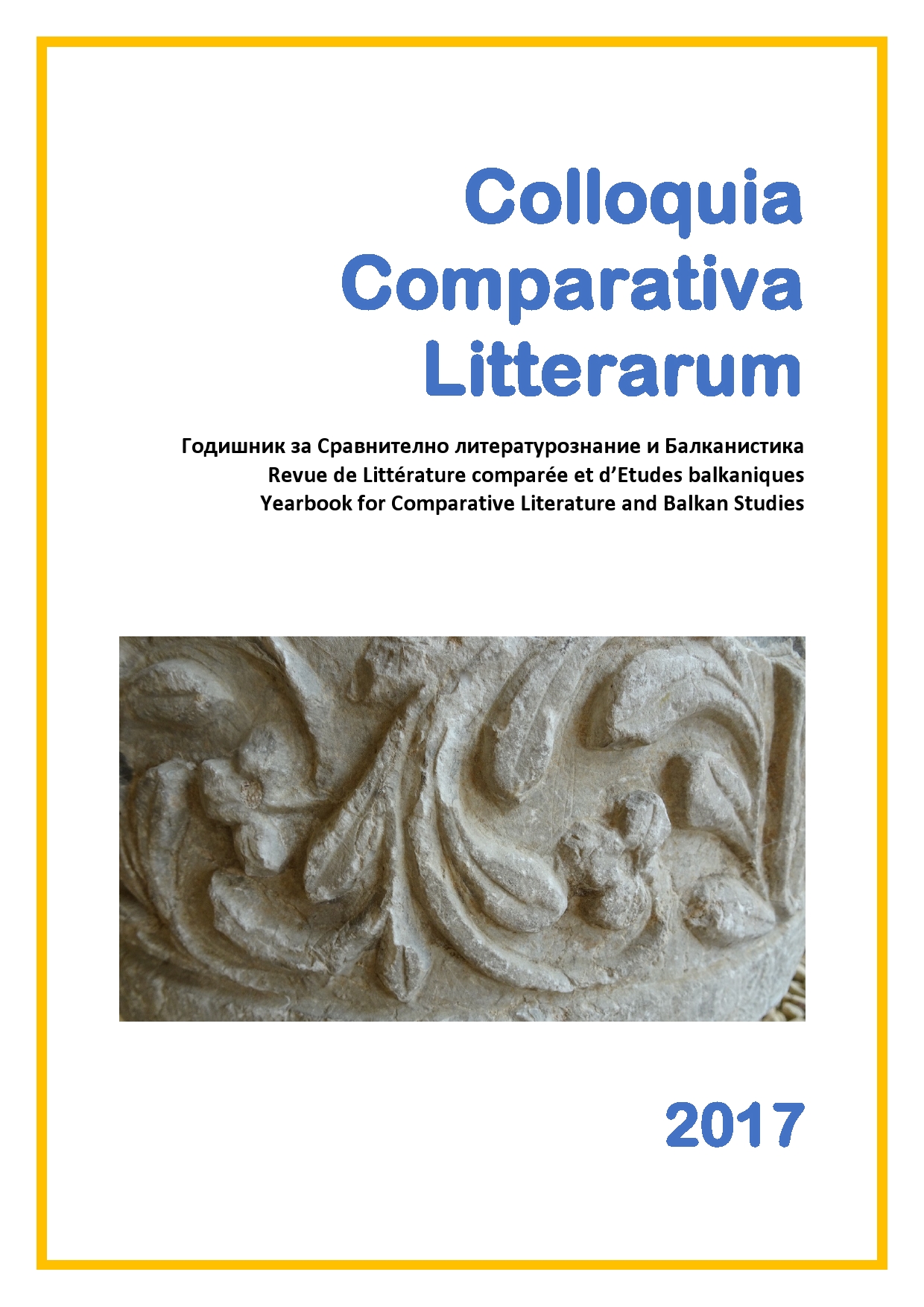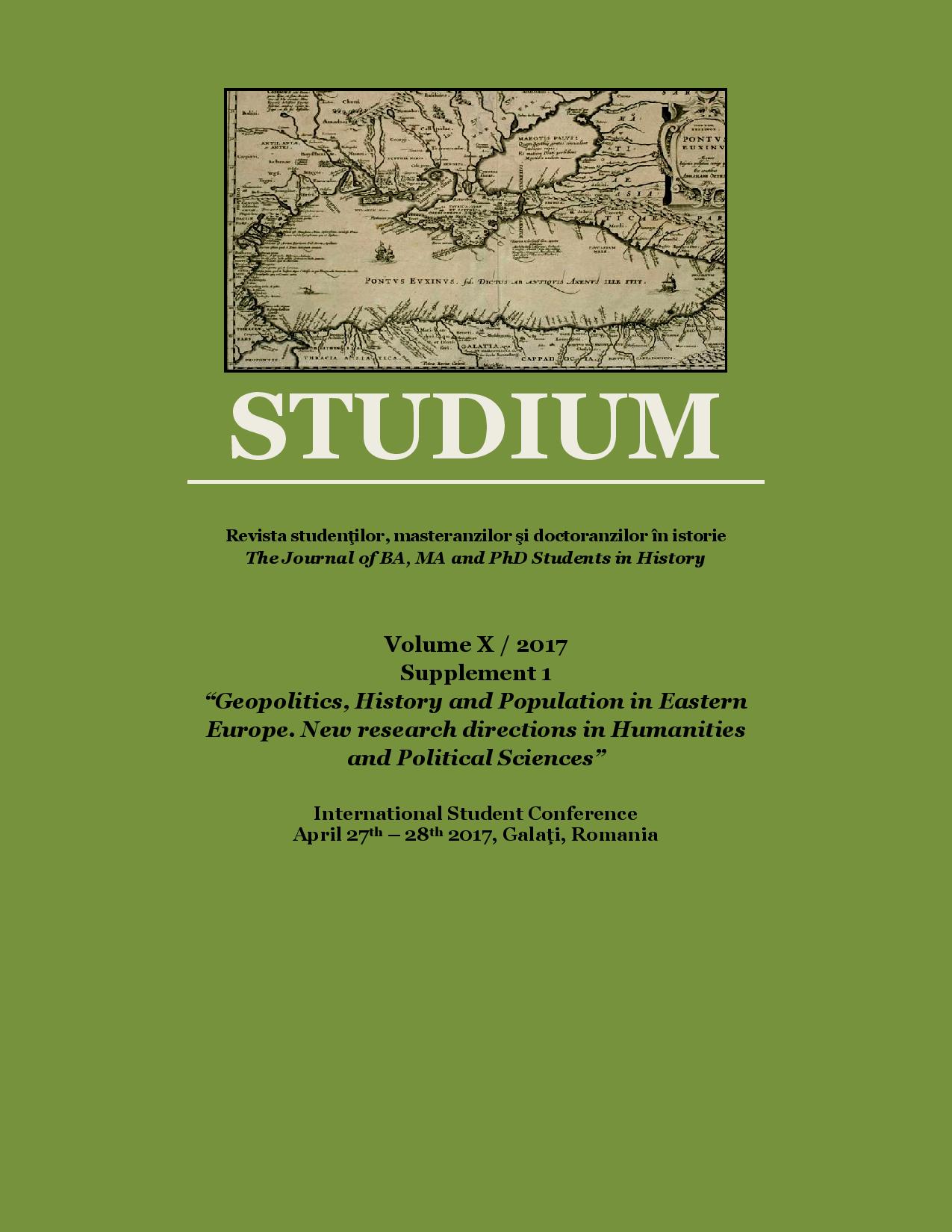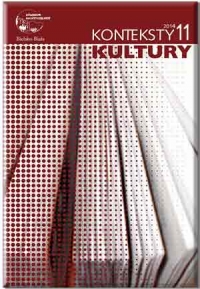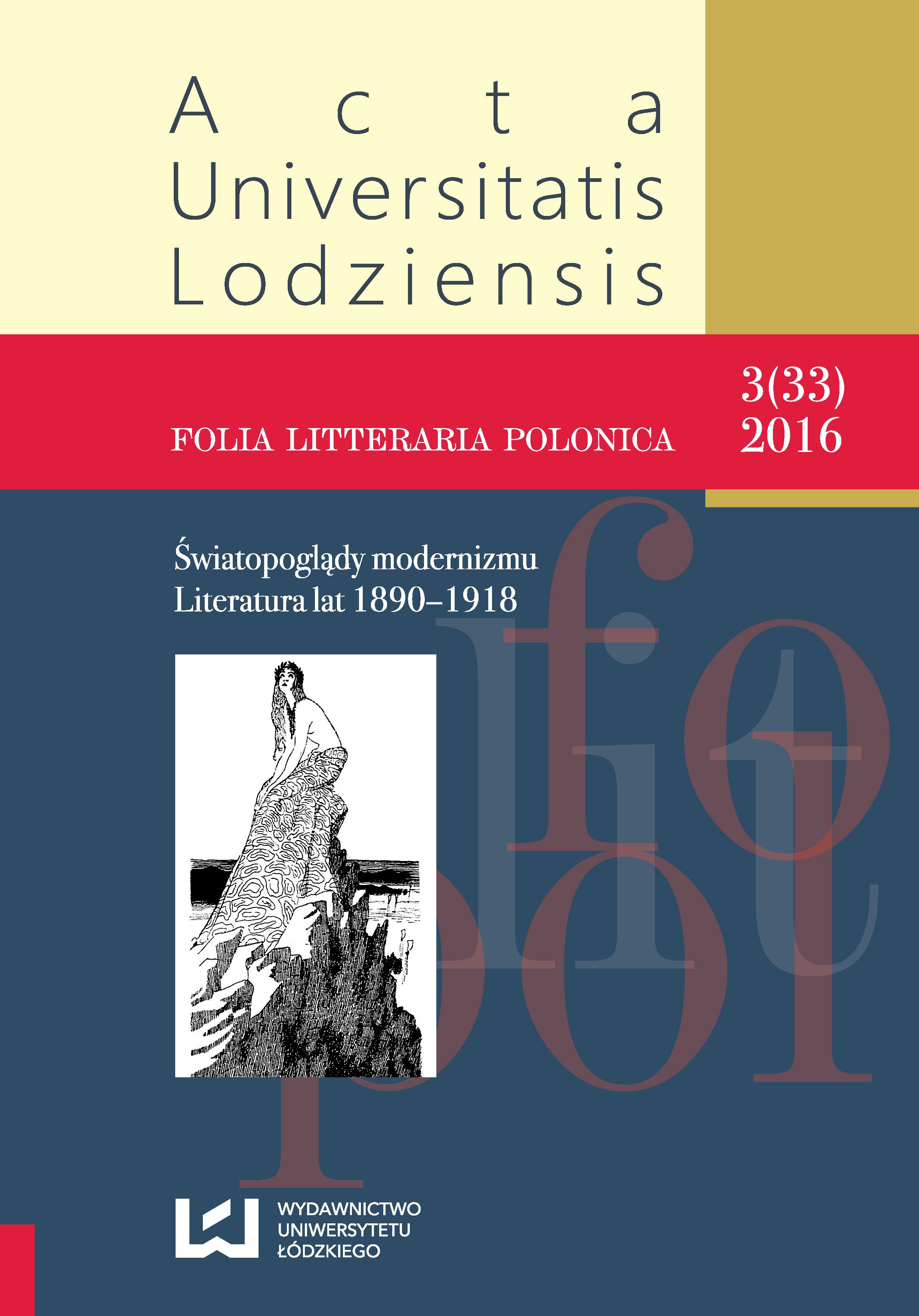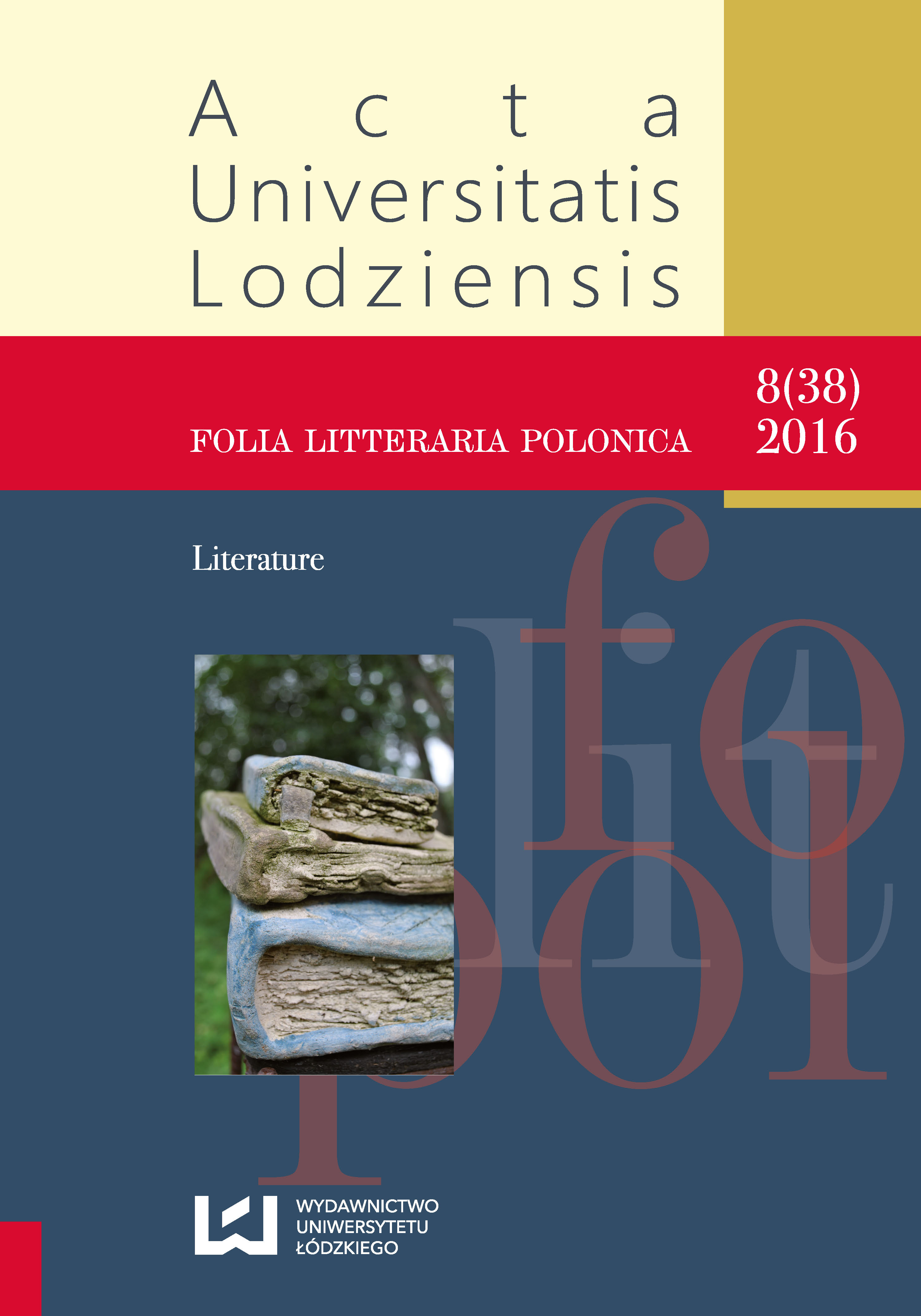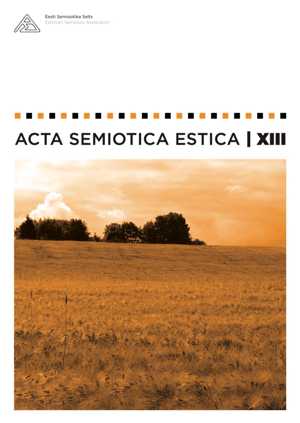
Rahvuste kujutamine klassikalises balletis
Classical ballets are performances created in the Russian Empire during the second half of the 19th century, many of which are still performed all over the world. This article studies how different nationalities are represented in these performances. My hypothesis is that the imperialistic and orientalistic views on representing nationalities present in classical ballets do not derive from the narratives created in the 19th century as much as they come from the physical forms of ballet itself. I argue that those stereotypes in representing nationalities have not only become fixed in the forms of classical ballet but, furthermore, the physical form of the genre and the declaration of the superiority of white Mid-Europeans develop hand in hand. The more beautiful the white ballerina, the dumber looks the moor beside her. I examine the genre of ballet, the performances and their elements as texts and approach them with the method of textual analysis. To study the representations of nationalities, I explain the essence of ballet’s means of expressions and their historical evolution: languages of movement, dancing body, music and choreography are being observed separately. Thereafter, I analyse six classical ballets in which the representations of characters’ nationalities are important („Don Quijote”, „La Bayadere”, „“Corsair”, „Raymonda”, „Swan Lake”, „The Nutcracker”) and present a short summary of their librettos. The article is based on my master’s thesis Representations of Nationalities in Classical Narrative Ballets (Tallinn University’s School of Humanities 2015, supervisor prof. Mihhail Lotman).
More...
